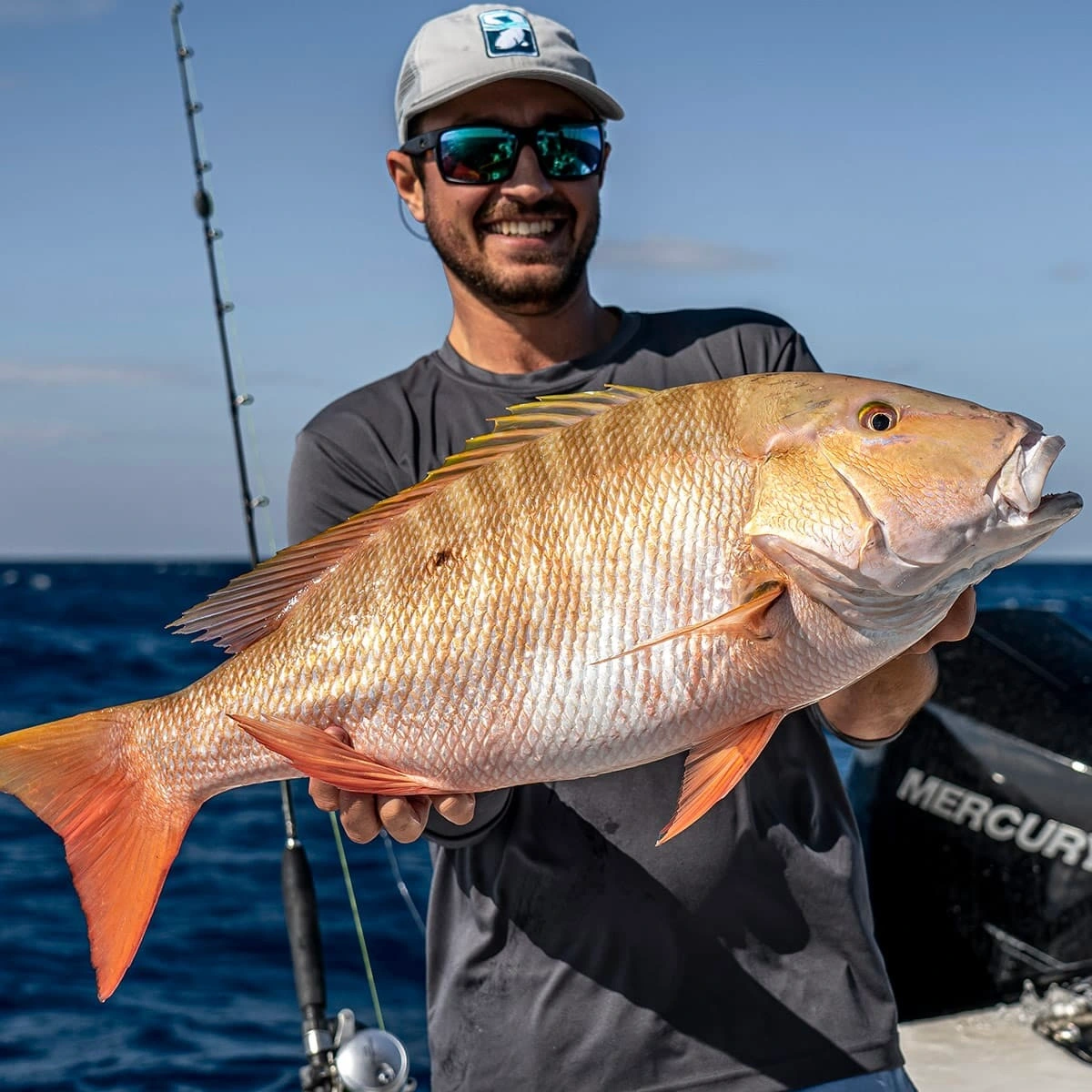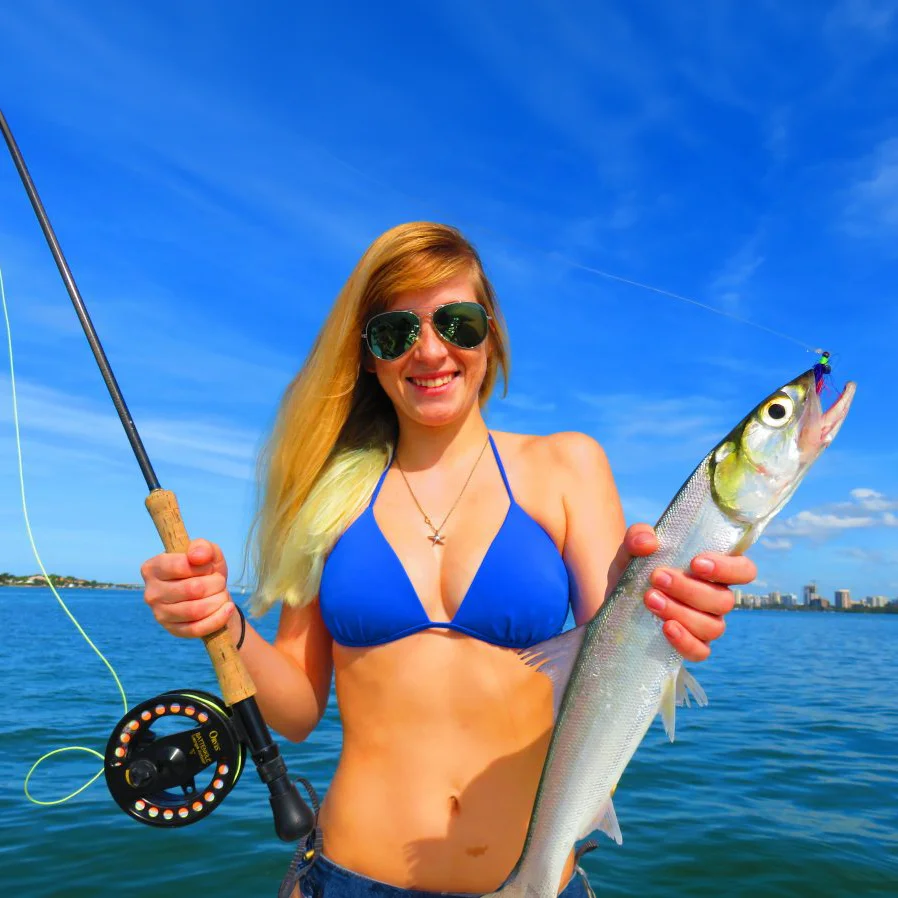Imagine sailing across the vast Pacific Ocean, no Google Maps at your fingertips, just you, your boat, and… your balls. Yep, you read that right. Before the age of smartphones and satellites, ancient Polynesian navigators were literally feeling their way through the waves using their nether regions.
As whispers of a Moana sequel start making waves, it’s about time we address the elephant in the room: the movie’s glaring omission of traditional Polynesian navigation techniques. If Disney wants to keep things real in the Moana Sequel , we’re going to need a scene with Maui tea-bagging the sea like it’s Google Maps.
David Barrie, who penned Sextant: A Voyage Guided by the Stars and the Men Who Mapped the World’s Oceans, spills the beans on this unusual practice. He says, “It’s something that takes a great deal of practice to do — and it’s slightly mysterious — but there’s no question some of the early Pacific Island explorers did it.” You can’t help but admire the sheer… courage it took to navigate this way.

But let’s not get too hung up on the testicular side of things. According to Harriet Witt, an astronomer and historian with a knack for Polynesian navigation, these explorers were the real deal when it came to reading Mother Nature’s signs. “The Western world assumed the ocean was random. But Polynesians never assumed that, and instead, they learned to read all the data the ocean gave them,” Witt points out. From tasting the water to observing seaweed, driftwood, and even employing pigs as early-warning land detectors, these navigators were all about using what nature gave them.

However, even with all this data, they needed a way to sense the deep, powerful swells of the ocean – something beyond the reach of the human eye. Enter the sensitive, finely-tuned human testicle, better at picking up oceanic vibrations than any other body part seated on the canoe.Witt explains, “Testicles being the way they are, they feel vibrations far better than something like your knees or even your bum would, as if they were specifically engineered to do so.”

“Testicles being the way they are, they feel vibrations far better than something like your knees or even your bum would, as if they were specifically engineered to do so.”- Harriet Witt
Barrie echoes this sentiment, albeit with a slightly different visual. He imagines these navigators, kilts flapping in the sea breeze, bouncing along to the rhythm of the waves, their testicles acting as the world’s most sensitive wave detectors. This way, they could “feel” their way towards distant lands, invisible to the naked eye but detectable through the subtle dance of their dangly bits.
So, there you have it. It turns out that navigating the high seas required a good set of balls, literally. As Witt cheekily concludes, “So yes, it takes balls to be a navigator.” This bit of nautical know-how not only adds a new layer of respect for these ancient mariners but also makes you wonder what other wacky techniques history has tucked away. And as for our dependence on modern tech for navigation? Well, compared to the Polynesians, we might just be a bit… nuts.






 Discover Black Label Marine Group — Florida’s premier boat dealership. From Ocala to Clearwater to Punta Gorda, we offer an unparalleled boating experience with a curated selection of top brands like Sea Fox, Caymas, Crownline, and Finseeker. Dive into your next adventure with us and become part of the Black Label boating family!
Discover Black Label Marine Group — Florida’s premier boat dealership. From Ocala to Clearwater to Punta Gorda, we offer an unparalleled boating experience with a curated selection of top brands like Sea Fox, Caymas, Crownline, and Finseeker. Dive into your next adventure with us and become part of the Black Label boating family!